18 Mar 2019
Techniques in accurate pelvic measurement of beef heifers

Pelvic measuring measures the internal area of a heifer’s pelvis by taking the horizontal width and vertical height via the rectum using a Rice pelvimeter, and multiplying the figures to obtain a total in cm². This measurement can be compared against a known minimum normal internal area for either native or continental breeds of a certain age.
Pelvic measuring involves measurement of the internal area of a heifer’s pelvis by taking the horizontal width and vertical height (Figure 1) via the rectum using a Rice pelvimeter (Figure 2), and multiplying the numbers to obtain a total in cm2.
This measurement can be compared against a known minimum normal internal area for either native or continental breeds. From work in the US, it is known the pelvic area grows at a fairly constant rate – from 9 to 24 months of age. Native breeds grow at around 8cm² per month and continentals at around 10cm2 per month for this period, and a small pelvic area constitutes anything with a pelvic area of less than 140cm2 at 13 months old.
From this, we can draw up a table of minimum areas for heifers aged between 12 and 24 months old in which to compare measured heifers to, and, therefore, remove any heifers with abnormally small pelvic areas.
Why measure?
Why should we measure? The primary cause of dystocia is fetal oversize (Troxel, 2011), but the second most common cause is pelvic area (think cork and the neck of a bottle). With the use of estimated breeding values (EBVs), it is possible to reduce the risk of fetal oversize by selecting bulls with good direct calving ease EBVs. The use of EBVs to reduce the risk of fetal oversize – used in conjunction with the pelvic measuring of heifers – can reduce cases of dystocia and improve overall production.
Dystocia costs money in both direct costs – such as veterinary bills, farm labour, caesareans, dead calves and injured downer cows – but also indirect costs, such as reduced cow fertility, increased culling rate and cows that calve later in the calving pattern the following year.
The ultimate beef production calculation is in kilograms of beef weaned per number of cows put to the bull. Everything should be done in a beef production system to increase this figure and, therefore, efficiency as the beef industry moves forward into a post-subsidised era of production.
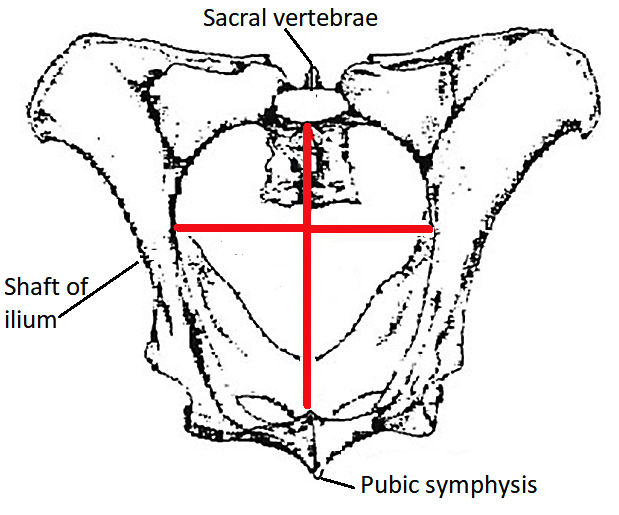
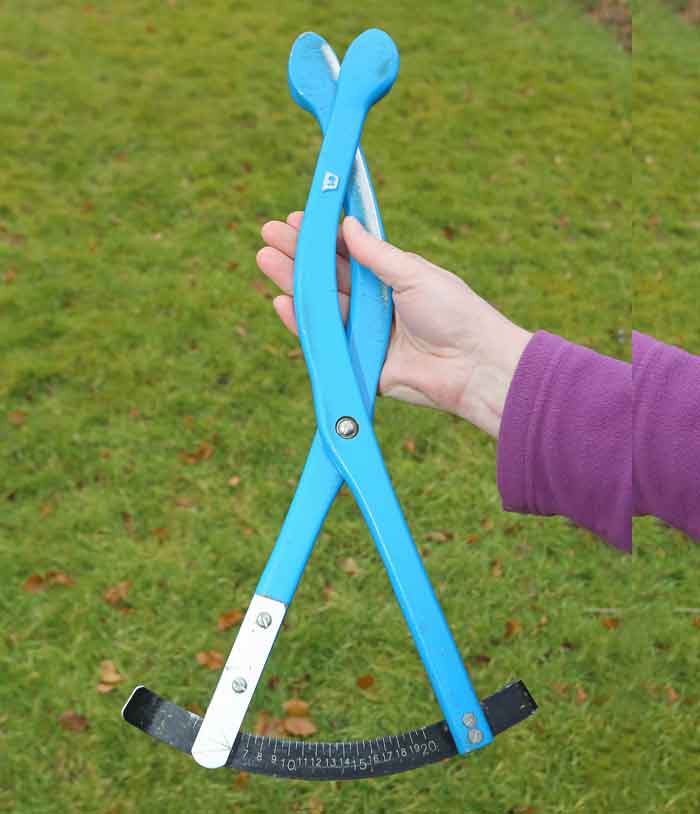
The short-term aim of pelvic measuring is to remove heifers with abnormally small and abnormally shaped pelvises (including very high pubic symphysis notches) before they become pregnant, so they can be fattened and sent for slaughter without ever entering the breeding herd. The long-term aim in herds that produce their own replacement heifers is to select away from breeding heifers with narrow pelvises and remove those genetics from the herd. Pelvic area has a high heritability figure of 61% (Deutscher, 1987).
It is important to measure the internal area of the pelvis, as it has been shown external body measurements and pelvic angle variations do not relate to internal area or calving difficulties (Johnson et al, 1988). Much of the work on pelvic measuring was done many years ago in the US, and the UK beef industry is playing catch up.
What is clear from research in the US is that pelvic area is not a predictor of dystocia, as fetal size is more important; however, more dystocia is seen in heifers with a small pelvic area, but no less dystocia in heifers with much larger pelvic areas (Troxel, 2011).
Technique
Pelvic measuring takes practice to become accurate. The vertical measurement requires lining up of the ventral point of the pelvimeter with the notch of the pubic symphysis on the floor of the pelvis ventrally and lining the dorsal point of the pelvimeter with the ridge of the sacral vertebrae dorsally. The vertical measurement can then be taken (Figure 3).
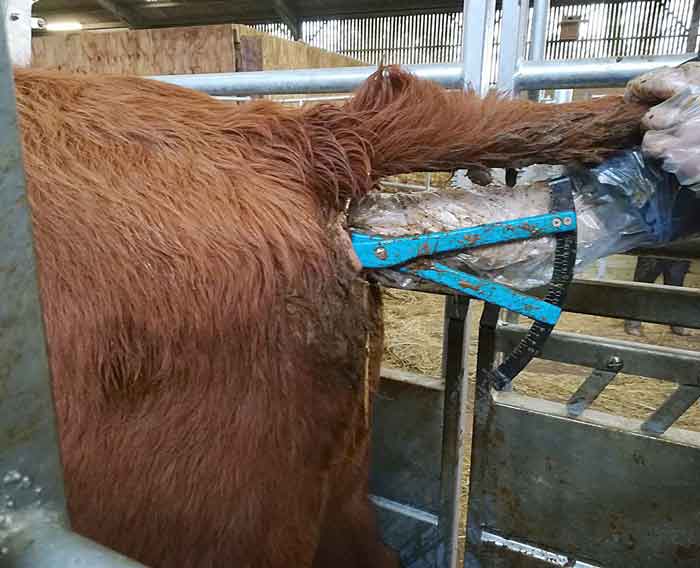
The horizontal measurement is taken by finding the widest point of the pelvis by laying the points of the pelvimeter in the little recesses present in the internal parts of the shaft of the ileum. This is the horizontal measurement (Figure 4).
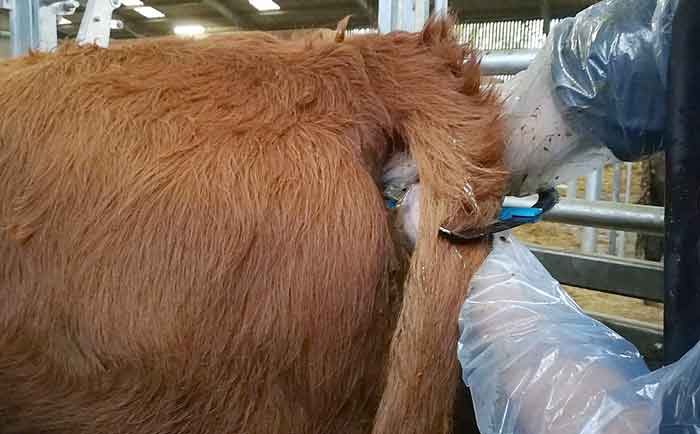
Pelvic measuring of heifers has a role in beef production systems as part of a proactive all-encompassing health planning approach and to aid farmers in replacement heifer selection. Along with pelvic measuring, heifers should also receive a pre-breeding check (Figure 5). This can include checking for freemartins, unknown pregnancies, and ovary and reproductive tract scoring to check heifers are cycling before breeding. This is especially important in herds bulling heifers at 15 months old, as these heifers are less likely to be cycling – especially continental breeds that are known to reach puberty later than native breeds.
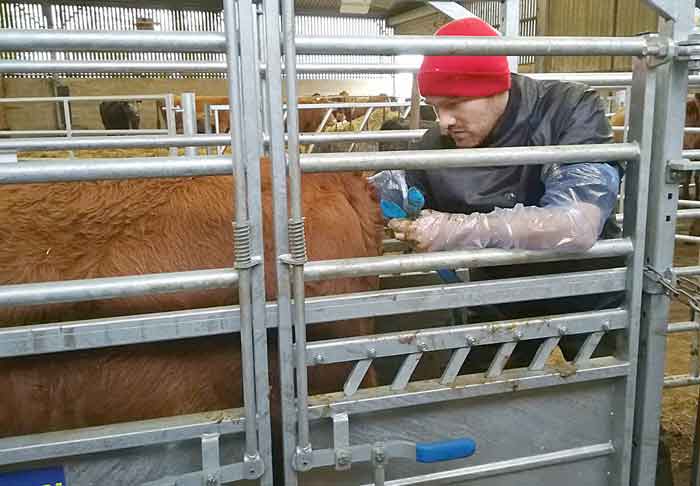
Along with pelvic measuring and a pre-breeding check, heifers can be weighed to ensure they have achieved their target bulling weight of 65% of their adult bodyweight and receive pre-breeding vaccinations, such as those for bovine viral diarrhoea and leptospirosis. Any heifers that are wild or have an undesirable temperament can be removed at this stage. This is a perfect opportunity for beef vets to be involved in heifer selection and be a part of the production cycle at the beginning.
Pelvic measuring does have its limitations. As discussed previously, it is a technique that takes practice and is not a predictor of dystocia. However, it has been shown the pelvimeter is a suitable tool for accurate pelvic measurements when comparing antemortem and postmortem measurements (Kolkman et al, 2009). Pelvic measuring has the greatest value within a breed, age group or population, such as home-bred replacements.
No article on pelvic area in beef heifers would be complete without mentioning the Belgian blue. The pelvic area in this breed is known to be a limiting factor in calving ease (Kolkman et al, 2009). The Belgian blue has a reduced pelvic height due to increased musculature compared to other breeds. However, it has been shown pelvic measuring of Belgian blues is a useful tool to select away from small pelvises within the breed (Kolkman et al, 2009).
Heifers measured by the author are displayed in Table 1. Around 7% of heifers failed due to an abnormally small pelvic area; a further 1% had a borderline measurement. Heifers were also failed due to abnormalities of the reproductive tract (non-breeder), being a freemartin and due to an undesirable temperament. Previous work has shown freemartins account for around 1.4% of the population (David et al, 1976), which is similar to these findings.
| Table 1. Results of heifers examined by the author | ||
|---|---|---|
| Number | Per cent | |
| Total heifers measured | 494 | 100 |
| Fail | 35 | 7 |
| Borderline | 7 | 1 |
| Non-breeder | 9 | 2 |
| Wild | 3 | 1 |
| In calf | 13 | 3 |
A number of heifers that have been presented for a pre-breeding check were, unbeknown to the owner, found to be in calf. It is possible to pelvic measure pregnant animals with care if the uterus is not contained inside the pelvis and preventing the measurements, but this is not ideal.
Conclusion
Pelvic measuring can be used to remove heifers with abnormally small or abnormally shaped pelvises from the herd and, therefore, help reduce cases of dystocia.
When combined with a pre-breeding check, it is a great way of getting vets involved at the very start of the production cycle on beef farms.
